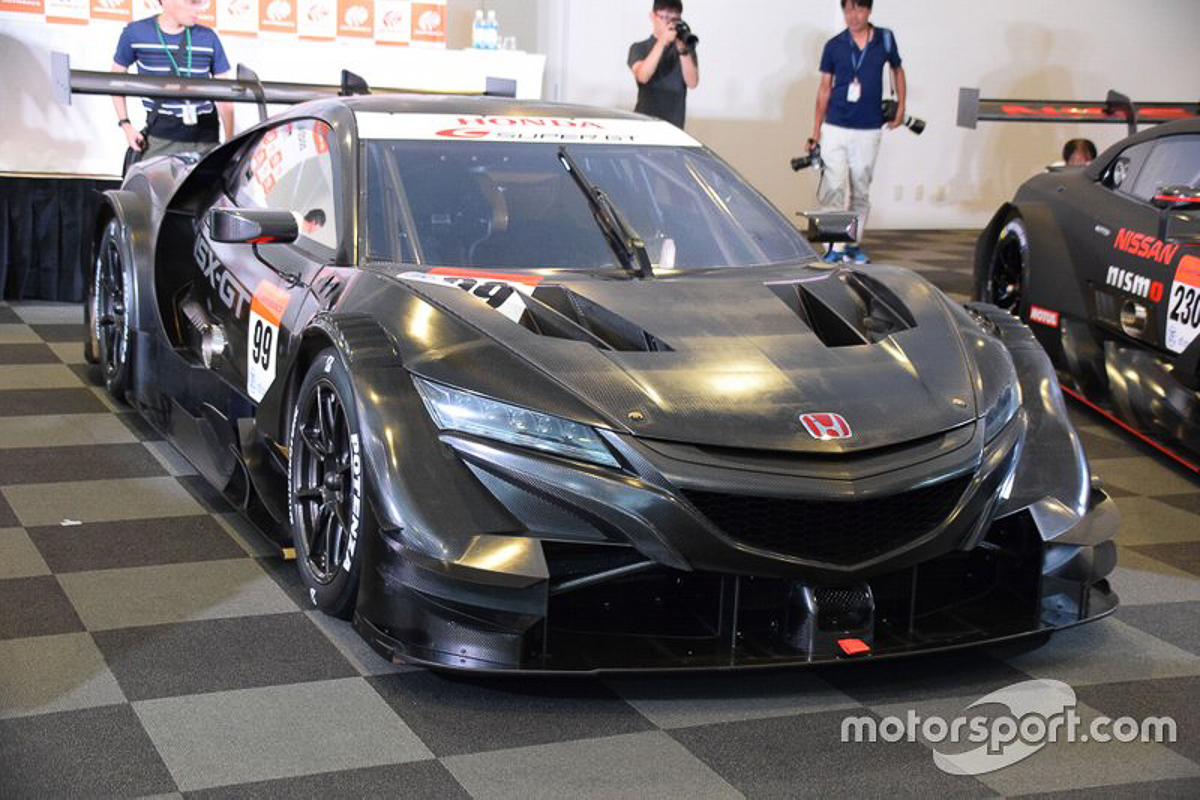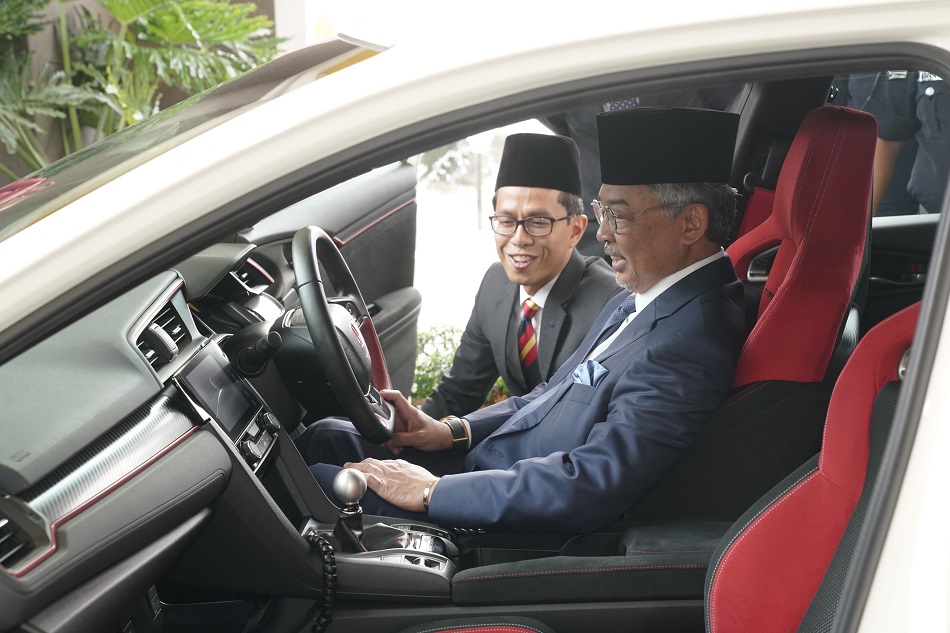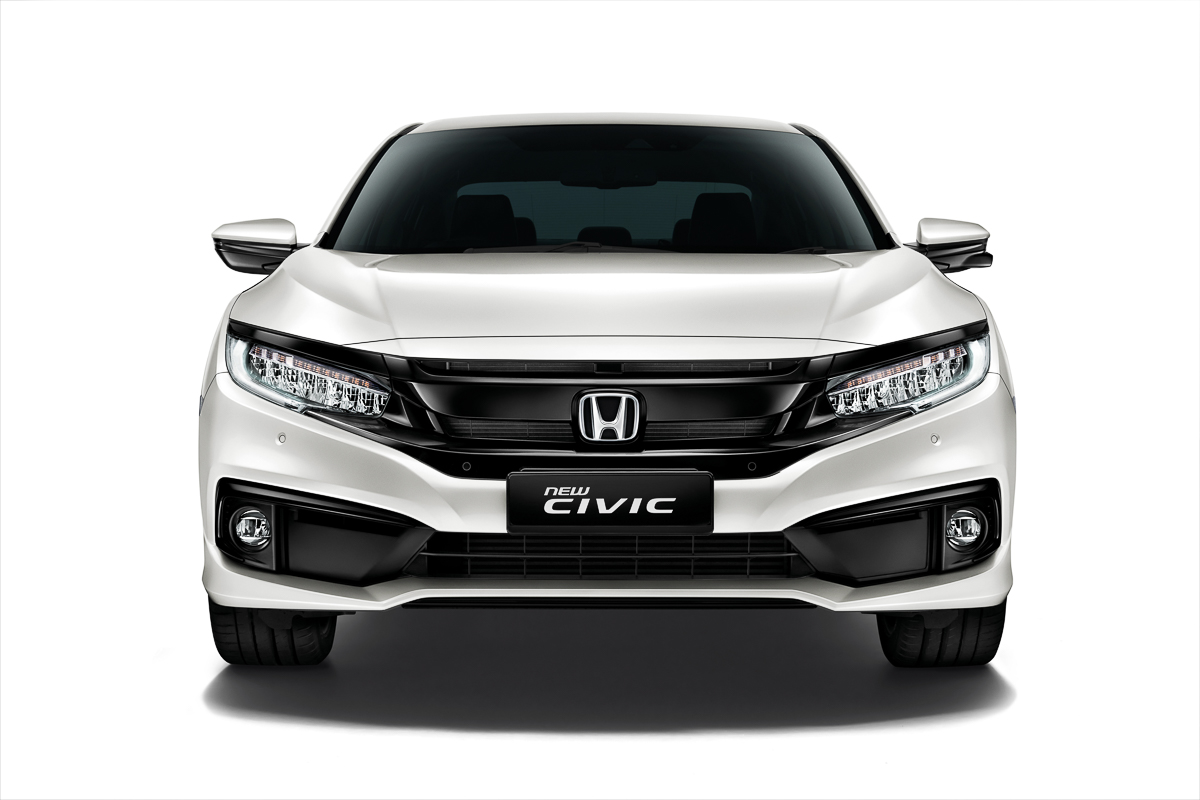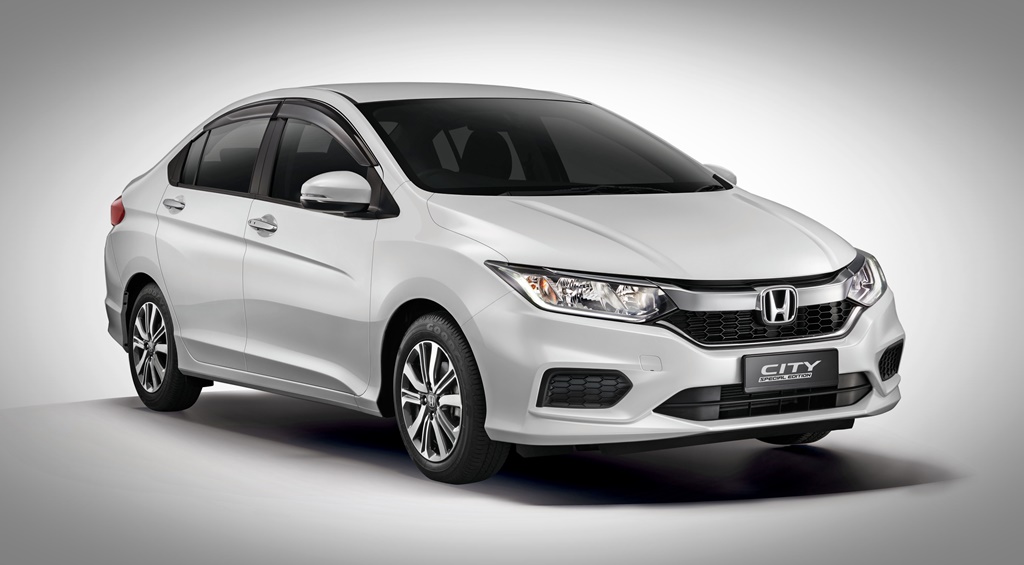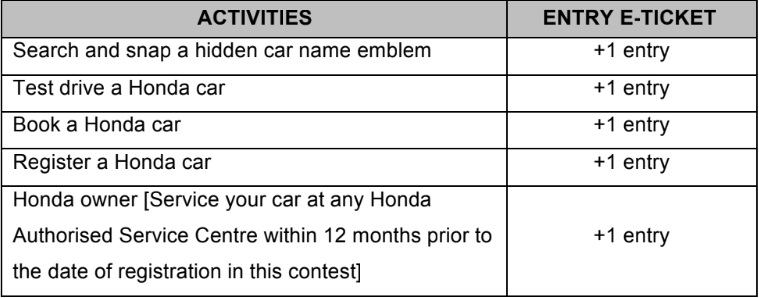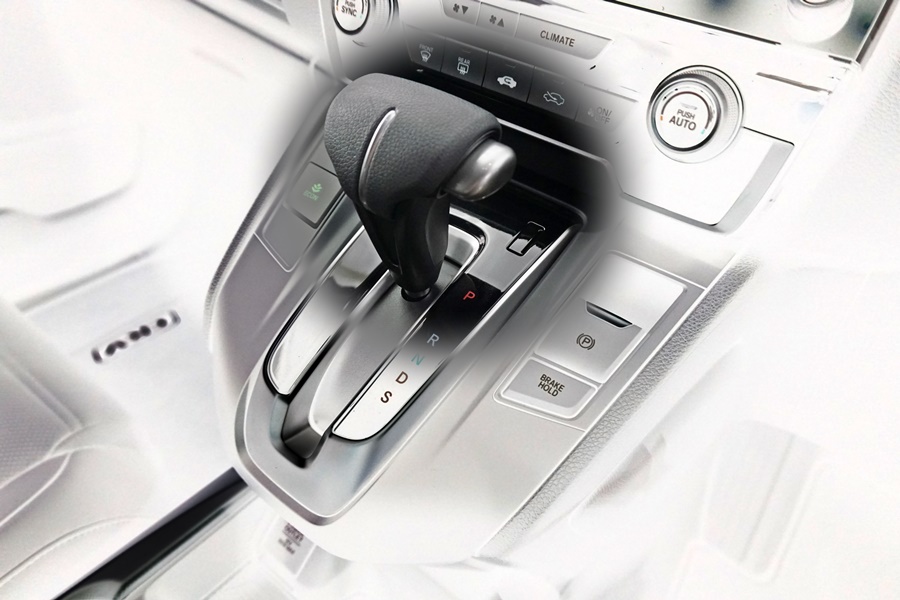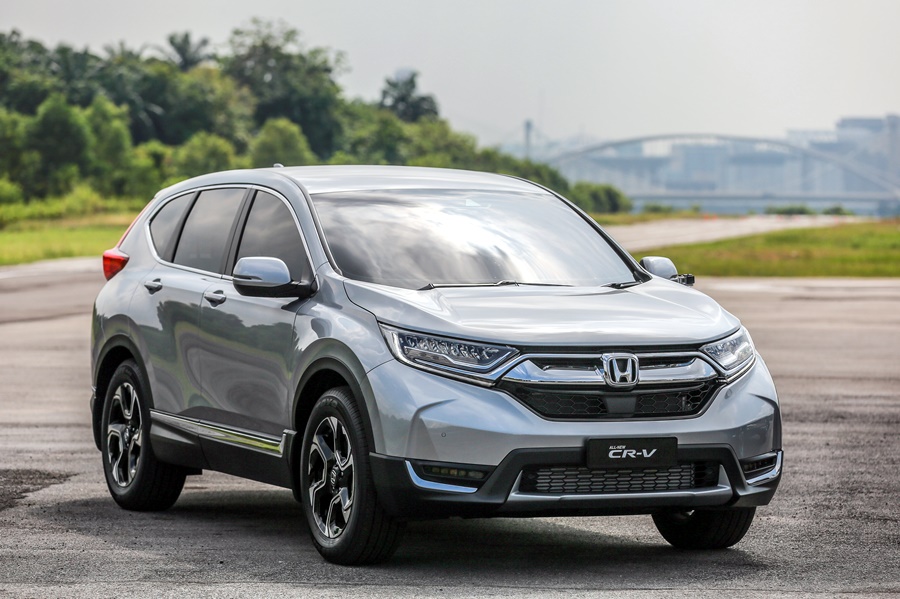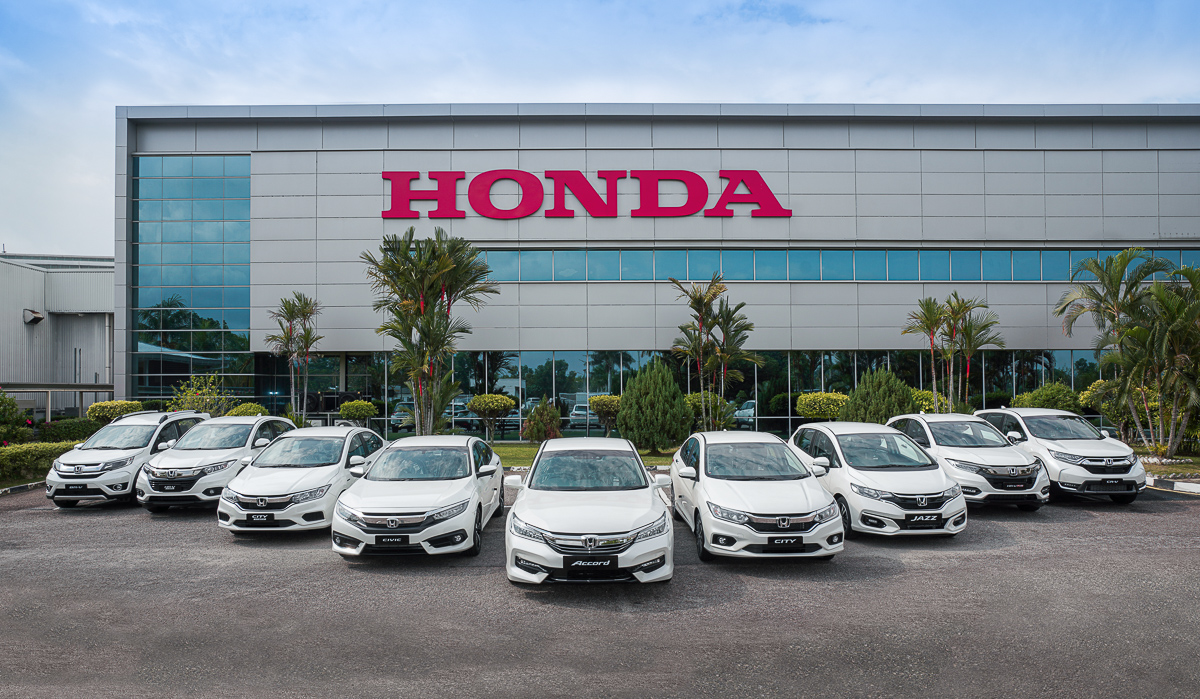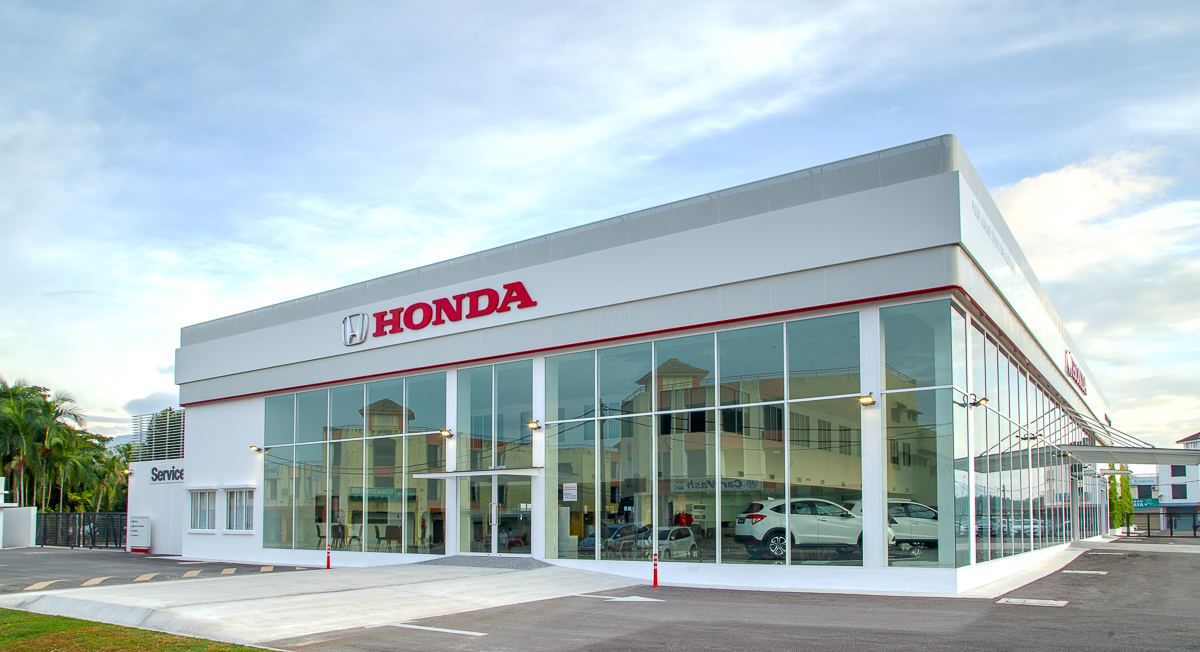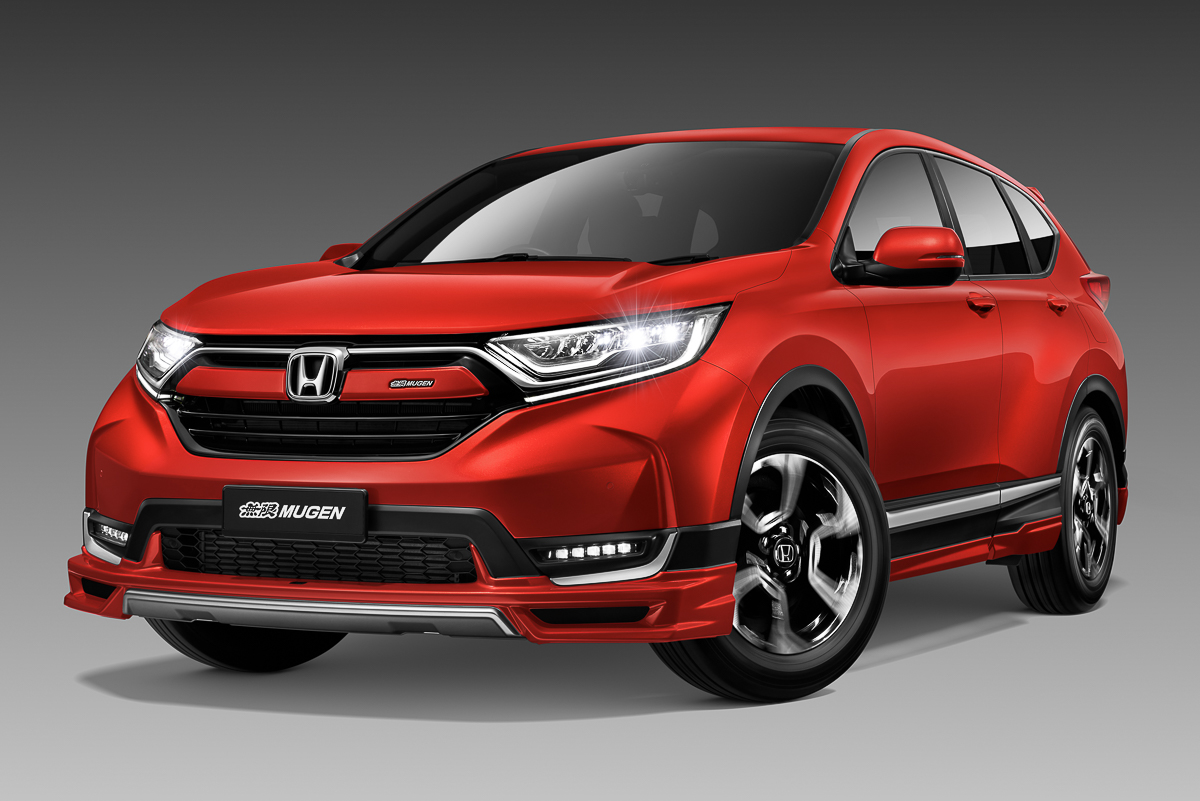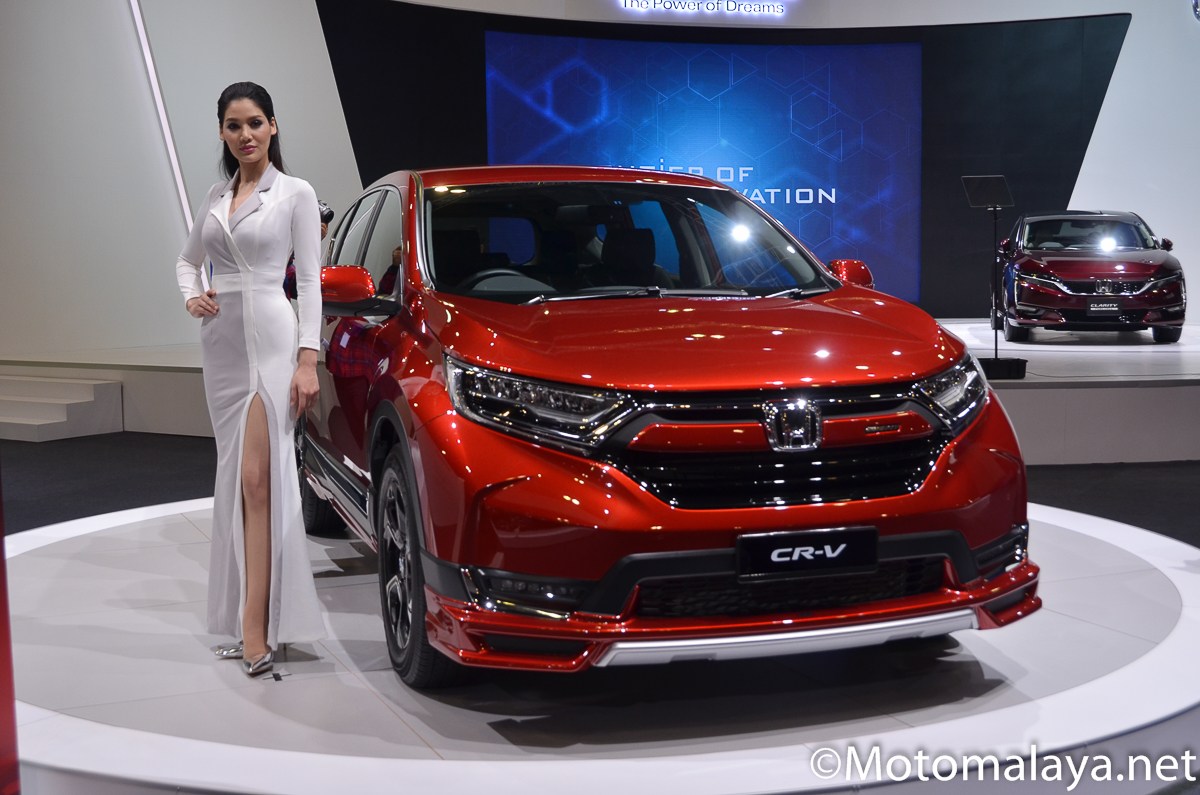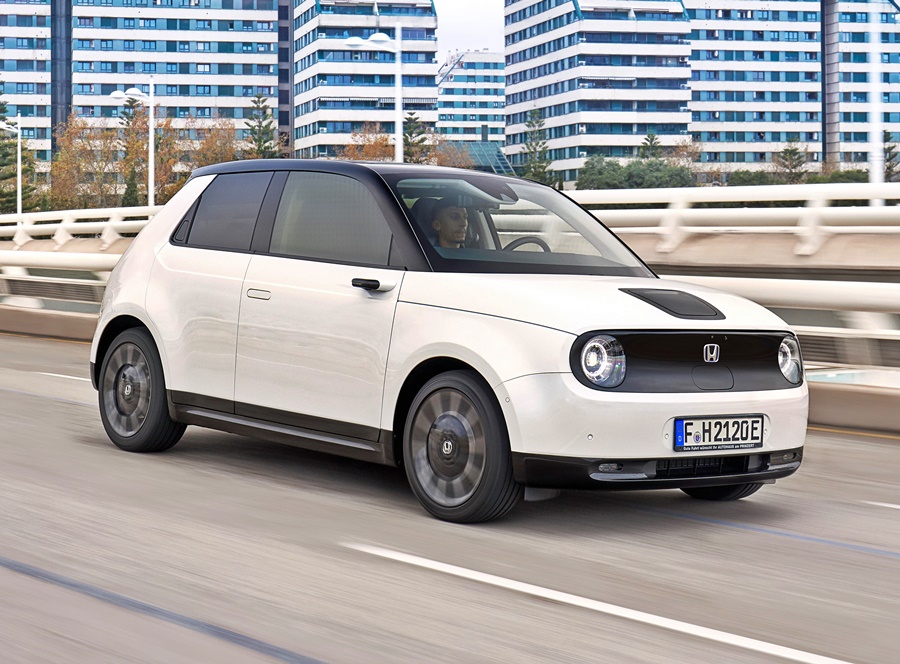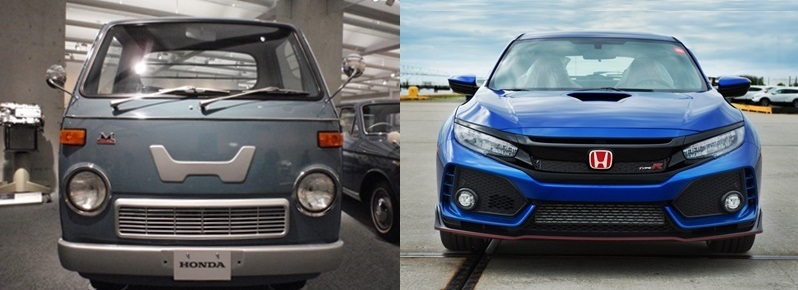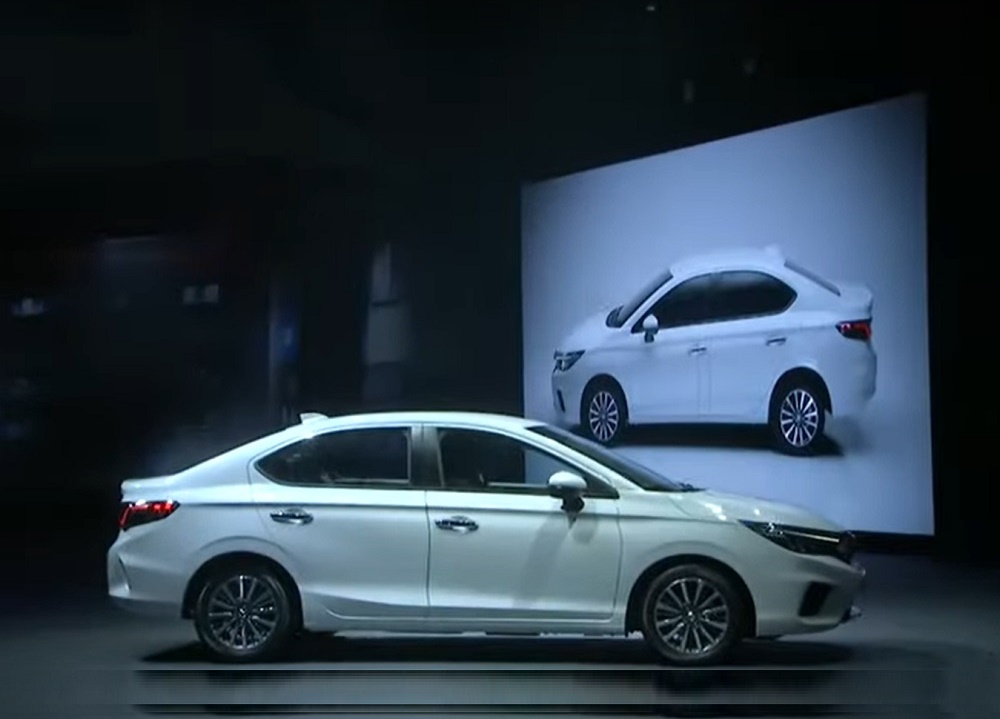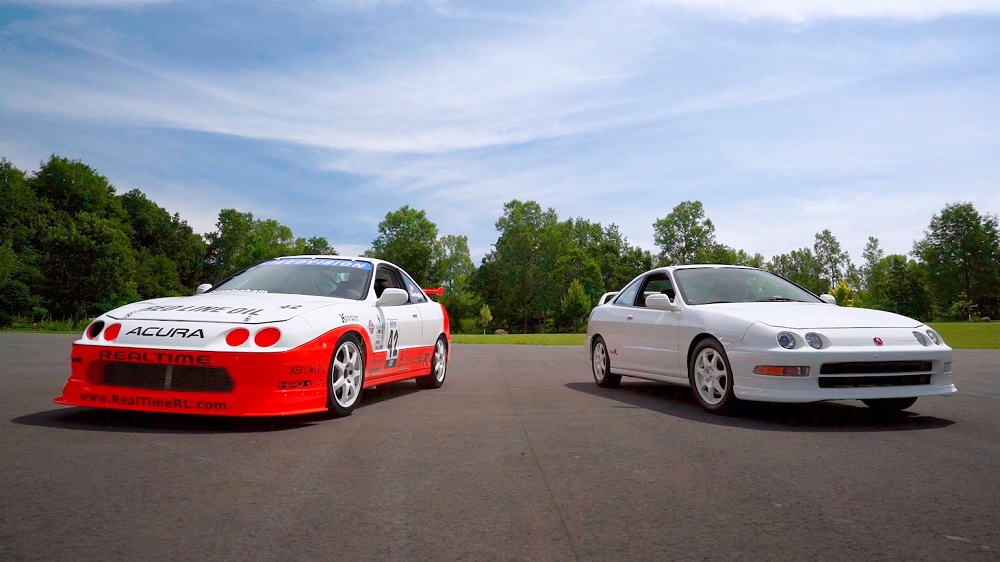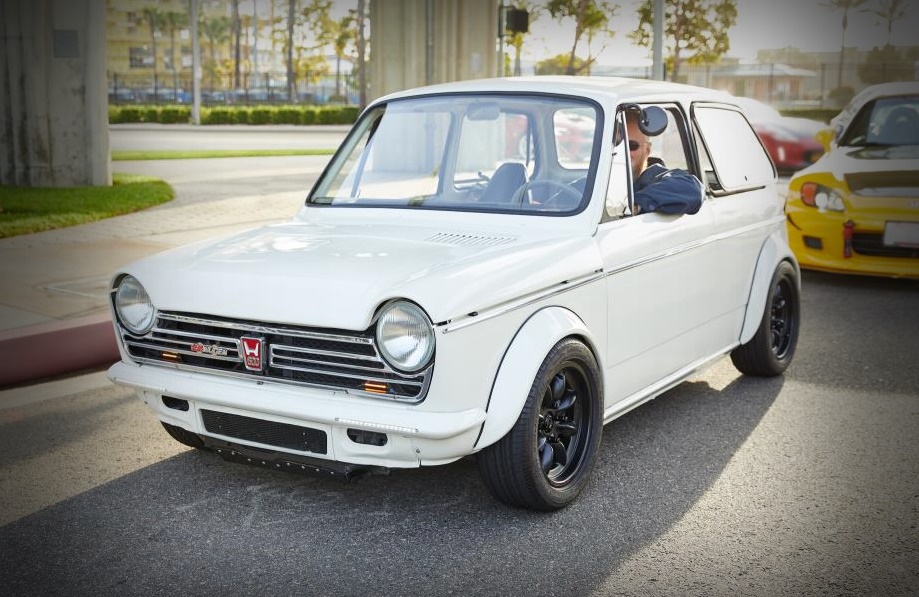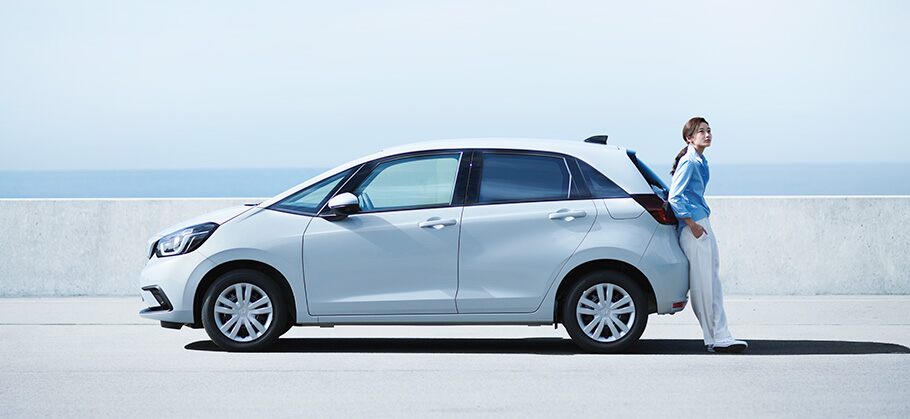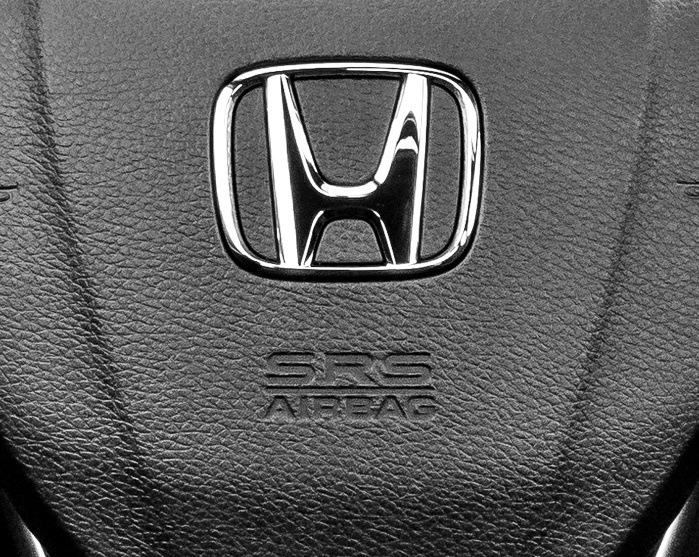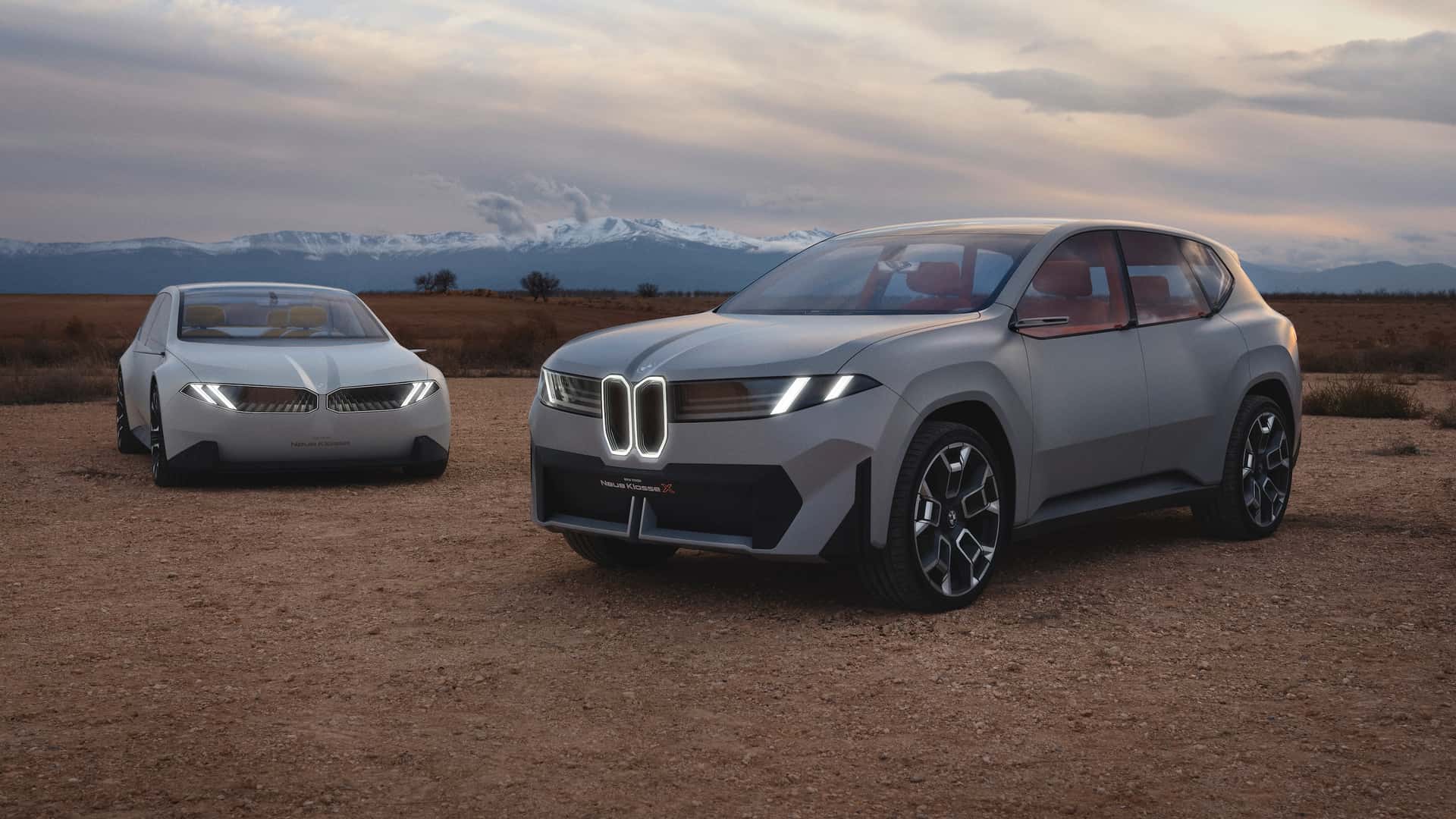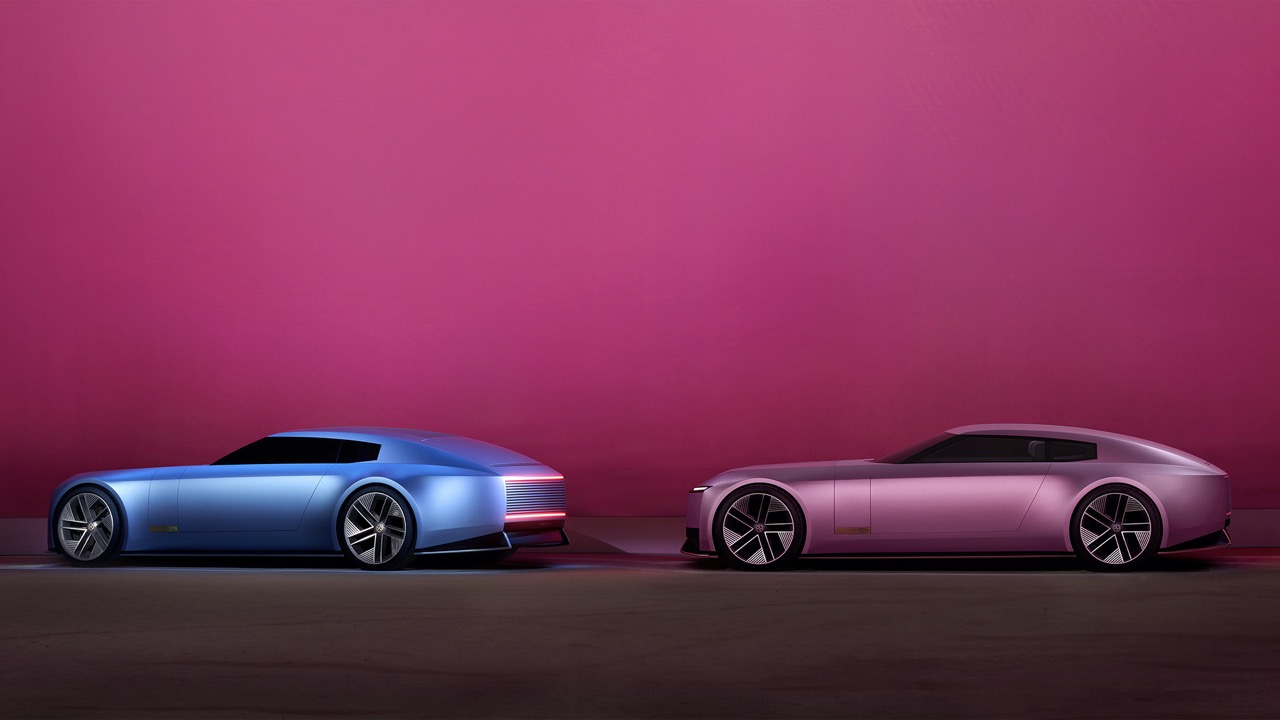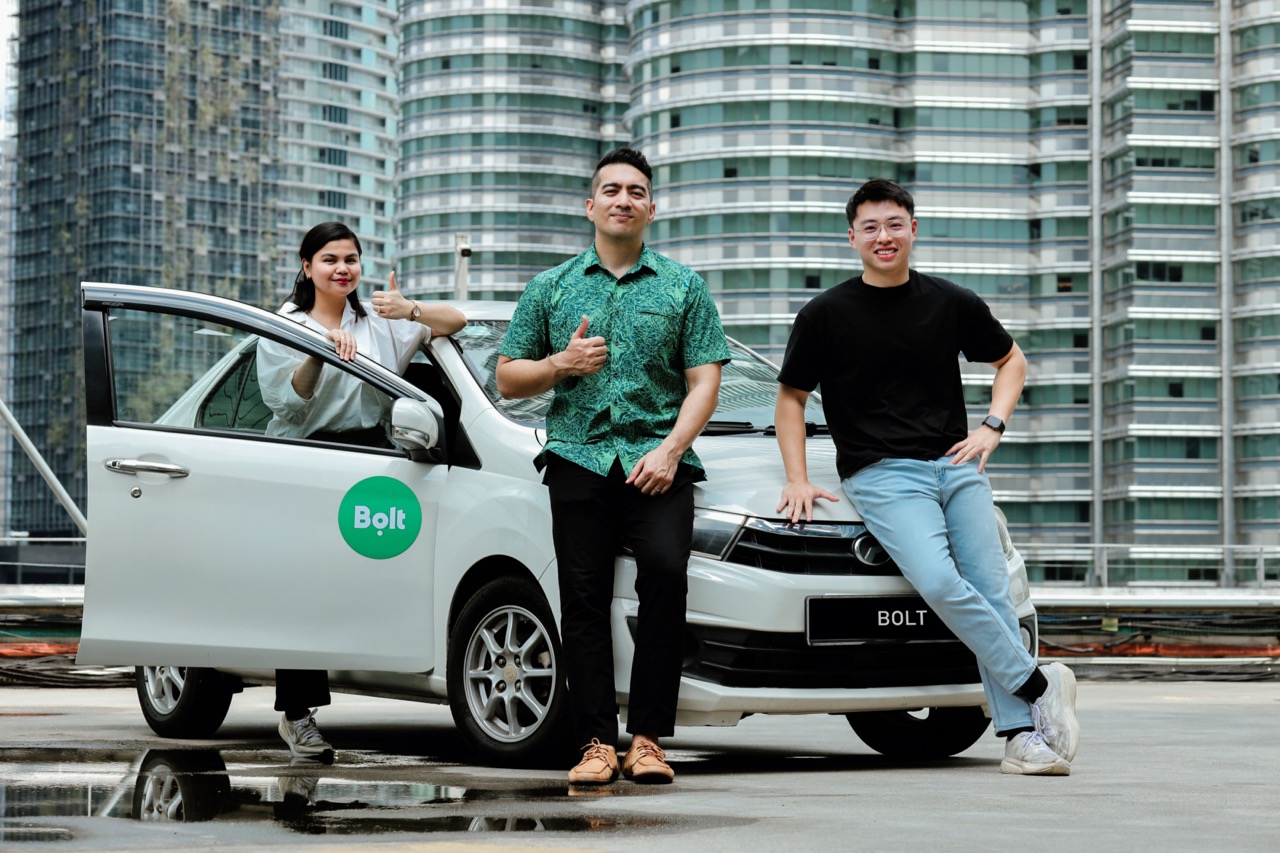“For many years now, the City has been the best-selling B-segment model in Malaysia. As a way to give more value to Malaysians who have been very supportive towards Honda Malaysia, we have decided to introduce a Special Edition to the City with an attractive price of RM75,955, excluding insurance,” said Toichi Ishiyama, Managing Director & CEO of Honda Malaysia Sdn Bhd (HMSB).
The value-added extras
Besides two colour choices – White Orchid Pearl and Passion Red Pearl – the City Special Edition has additional value-added features to offer more convenience to the customers. These features are two Digital Video Recorders (DVRs), Built-in Tollcard Reader, Door Visors and Boot Organiser.

The DVR (shown above) offers peace of mind for drivers as it keeps video recordings of the journey, with a second unit for rear view recording. In the event of a dispute after accident, the records could establish how the accident occurred and which party is responsible.
The Built-in Toll Reader (pictured below) offers more convenience for motorists as they do not have to pause to touch the card or, if they do not fix the electronic tag, hold the unit up as they pass through the toll plaza. The Built-in Toll Reader works with a TouchNGo card slotted in and is installed in the glovebox. The signal is sent from a small unit in the windscreen. The remaining value in the card is also visible on a small display.


As for the Door Visors (above), these have been aerodynamically optimized to have minimum wind noise. They can act as rain guards, allowing the driver or passengers to roll the glass down slightly for fresh air when it rains.
The Boot Organiser (below) will be useful for keeping large and small items in place. Women will appreciate it as it can keep pairs of shoes together instead of being shifted around when the car is cornering.

34% of Honda sales in Malaysia
The City, which has a 1.5-litre i-VTEC engine, has been the biggest sales contributor for HMSB. From January to July this year, it accounted for 34% of total sales for the company.
“The City Special Edition is being offered in conjunction with our Road to 900,000th Unit Milestone Campaign. I hope everyone can grab the opportunity and visit any of our 98 Honda dealerships nationwide to view, test drive and book the City Special Edition today!” Mr. Ishiyama said.
For more information or to locate an authorized dealer to book/test drive the City Special Edition, call Honda’s Toll Free number at 1-800-88-2020 or visit www.honda.com.my.
Click here for other news and articles about Honda in PISTON.MY.








